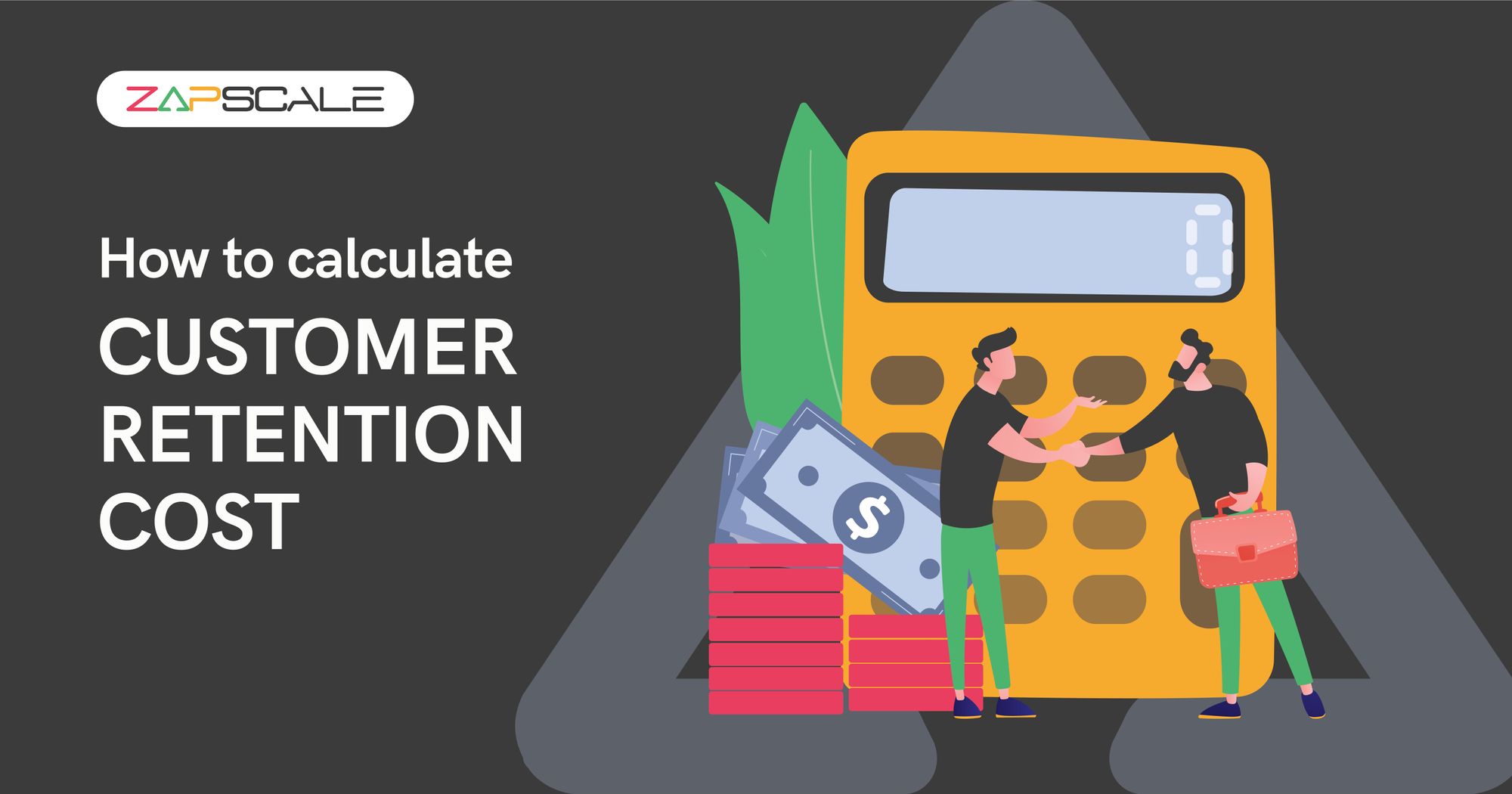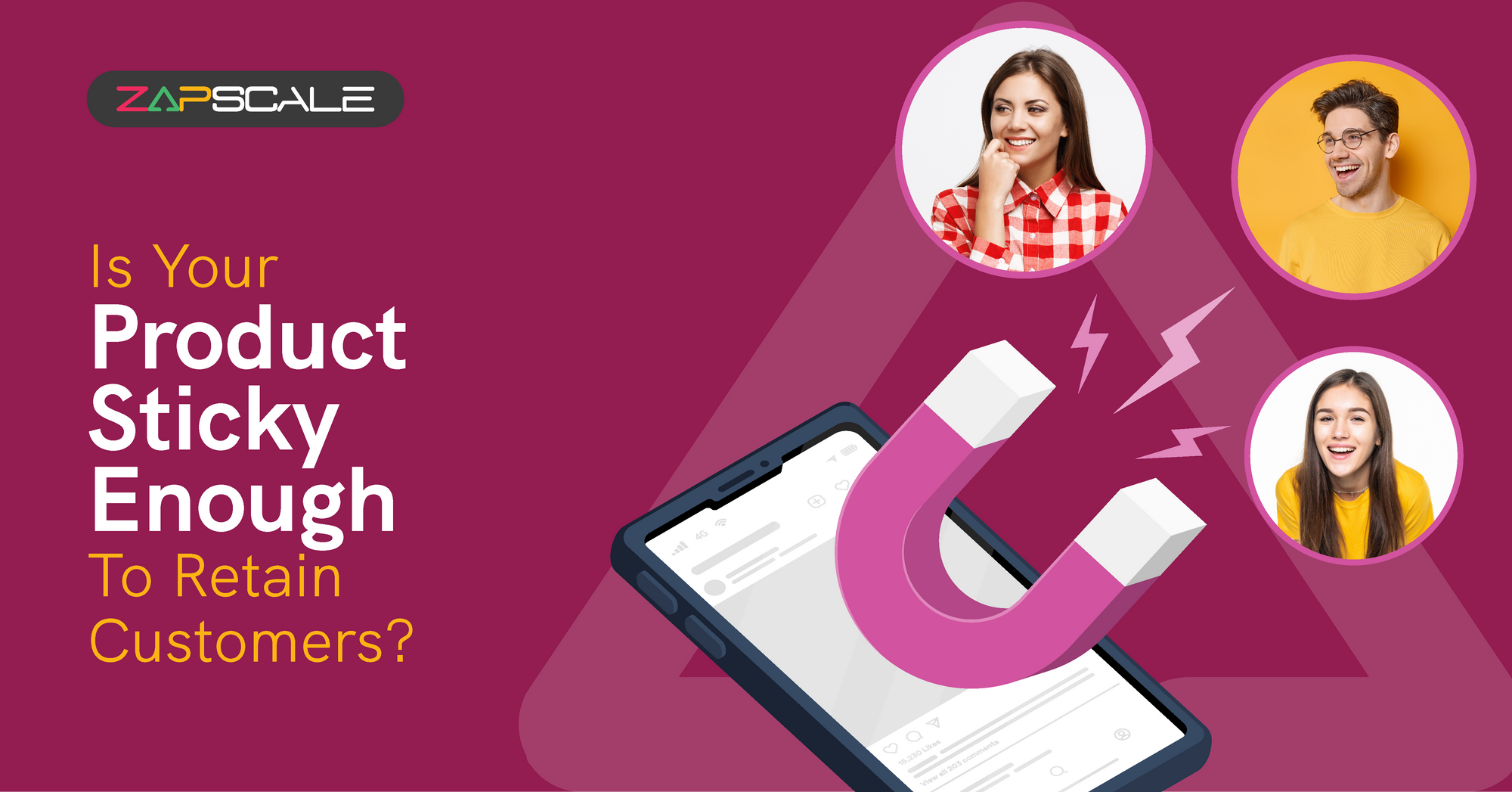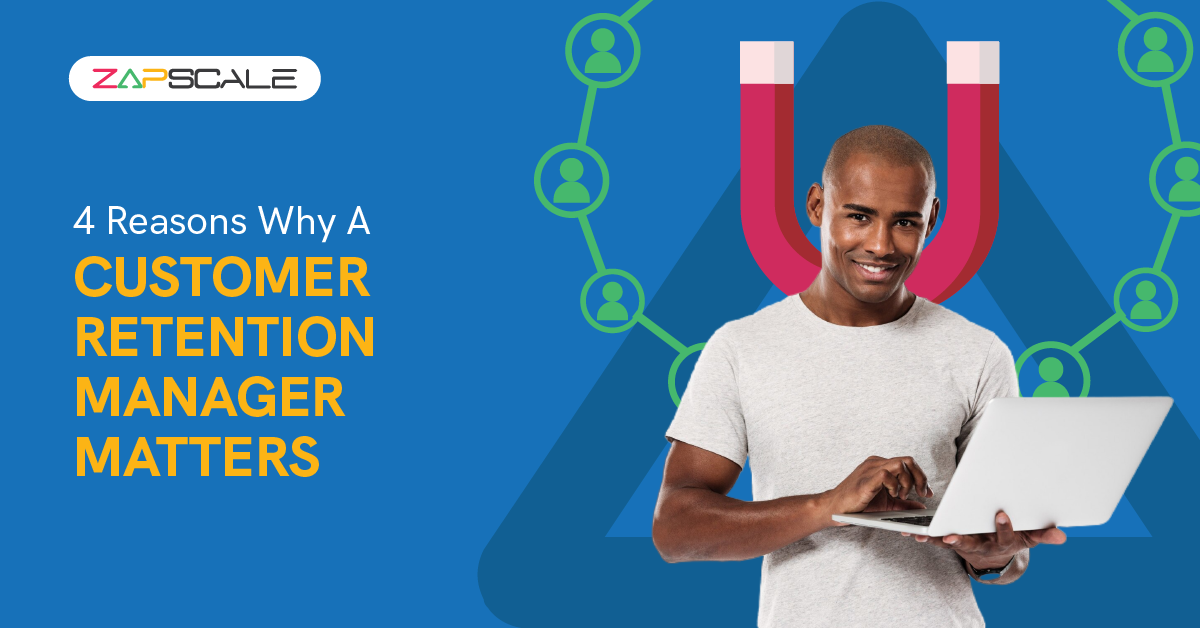CATEGORY > Customer Retention
Customer Retention Cost: How to Reduce CRC and Drive Growth

Every company appreciates it when clients engage in repeat buying. This indicates that customers are satisfied with the provided products and services. The most favorable aspect is that returning patrons indicate your brand will enjoy a strong market standing.
These customers will recommend the brand to others and always give great reviews, which will eventually add up to your growth. That is why business owners try to keep their users glued and spend significant customer retention costs to achieve desired business growth.
In an industry where everyone talks about fetching new customers, a successful business owner equally emphasizes retention. They know that the already existing customers are easy to keep glued, and the revenue push they give is significant. It happens because they will make purchases without hesitation, as they already know your products or services.
Hence, businesses even spend considerable amounts of money on customer retention. To understand the concept, let us dig deeper and discuss what CRC is and how it impacts organizational growth.
What is Customer Retention?
Customer retention is when your customer makes recurring purchases. Once you have acquired a customer and that customer who makes the first purchase becomes your loyal customer, it is called customer retention. The customer does not have to buy the same product again and again. The whole idea is to make multiple purchases regularly.
It is a win-win situation for everyone involved, as the customer also enjoys a smooth buying experience and unique offers kept for loyal consumers. As per an analysis, a 5% increase in customer retention results in a 25% to 30% rise in the overall profit. It is significant to note here that the retention rate gets calculated over a fixed period.
What is Customer Retention Cost?
By now, you know what customer retention is. It is significant to note here that the company must have worked hard to retain these consumers. They might have offered some referral bonuses or offers that require capital. It is what we call the customer retention cost. It is the amount of money that an organization spends on retaining its existing customers. It generally includes:
- Referral bonus or offer cost
- Promotional cost of referral programs
- Email you sent to stay connected on their special days.
Anything you do to ensure your customer sticks with you falls under the customer retention cost.
What’s Included in Customer Retention Costs?
Customer retention costs typically includes several key components:
1. Customer Service
Expenses related to providing support and assistance to customers, including salaries of support staff, training and technological investments in customer service tools.
2. Retention Programs
Cost associated with loyalty programs, customer rewards, discounts, and incentives aimed at encouraging retention.
3. Marketing and Communications
Investments in communication channels such as email marketing, newsletters, targeted campaigns, personalised messages to engage and retain customers.
4. Data and Analytics
Expenses on tools and technologies for collecting, energising, and interpreting, customer data to understand their behaviour patterns, preferences, and satisfaction levels.
5. Operational Enhancements
Costs for improving products and services based on customer feedback, implementing customer feedback systems, and operational changes done for enhancing customer experience.
These costs are essential for a business to maintain long-term relationships with the customers.
Importance of Calculating Customer Retention Cost for SaaS
Recurring purchases bring profits and revenue growth to the business. However, if you keep spending significant money on retention, it won't be a profitable deal. Hence, knowing how much you spend on customer retention and keeping this cost in check is essential to enjoying significant revenue growth.
Some other reasons to calculate customer retention cost:
- You will get an idea about your expenditures. It will help you in budget planning.
- Knowing your CRC lets you quickly calculate the ROI (Return on Investment) and determine if you are making a fruitful effort by retaining your existing customers.
- It can help you identify the actual customer's lifetime value. With this information, you can plan more informed customer retention strategies to create a lifetime bond with your existing customers.
How To Calculate Customer Retention Cost?
The simple formula to calculate the customer retention cost is:
Using this formula, you can find out the average cost you spend per customer. Get the total amount you spent over some time on customer success and retention teams and initiatives. Divide this amount by the total number of customers you retained till the end of that period.
Ways To Decrease Customer Retention Costs
- Talk to your customers and try to understand their requirements
- Do not keep offering discounts that wouldn't interest them. It will be useless to you or them, but a sheer waste of resources
- Another tip to reduce customer retention costs is to make gestures that involve little investment! You do not necessarily have to give offers. Sending emails or messages on their birthdays and anniversaries will help
- Create a solid social media presence. Even if you do not spend on the paid ads, your profiles will keep you in the eye of your customers. It will reduce their chances of switching to another brand.
Customer is the king and the foundation of your business success. Every business must focus on acquiring new customers and retaining the existing ones. Plan effective strategies, implement them effectively, and keep studying their results to ensure everything works according to your expectations.
However, if you see gaps, keep upgrading your strategies to ensure your customers stick with you and you experience exponential business growth.
Customer Retention Cost Vs. Customer Acquisition Cost
Customer retention cost focuses on existing customers while customer acquisition cost focuses on acquiring new customers. CRC aims for long-term profitability through customer loyalty programs, while CAC involves business investment to gain new customers.
Retention efforts lead to higher customer lifetime value, while acquisition efforts are essential for initial business growth and market expansion. CRC is generally lower than CAC because retaining customers is less expensive than acquiring new ones.
Frequently Asked Questions (FAQs)
1. What are customer retention costs, and why are they important for SaaS businesses?
Customer retention costs are expenses to keep existing customers satisfied and happy. This includes loyalty programs, support, and product development. They are important because retaining customers is less expensive than acquiring new customers and also it helps increase customer retention.
2. How do customer retention costs differ from customer acquisition costs?
Customer acquisition costs are expenses associated with attracting new customers, like marketing and sales. CRC focuses on maintaining already existing customers through support and loyalty programs. CAC is generally higher because attracting new customers always involves significant cost.
3. How can businesses effectively manage customer retention costs?
By investing in quality customer support, implementing loyalty programs, utilising data and analytics to understand customer needs, and continuously improving their product and service offerings based on customer feedback, can improve CRC.
ABOUT THE AUTHOR
Popular from Customer Retention
Quality Content,
Straight To Your Inbox!
Subscribe for the latest blogs, podcasts, webinars, and events!

Write a Blog
If you have experience in CS and
a flair for writing, we’d love to
feature you.
Write to us on
hello@zapscale.com





